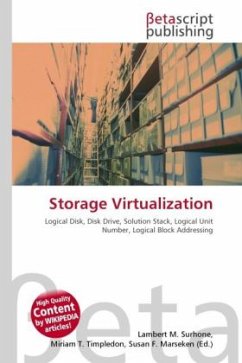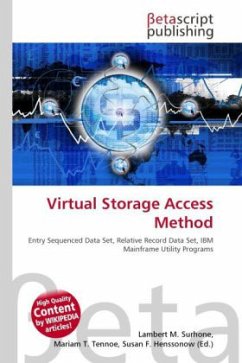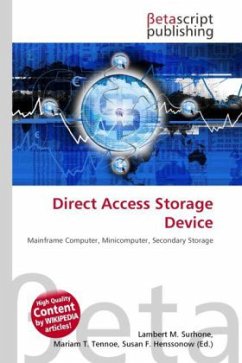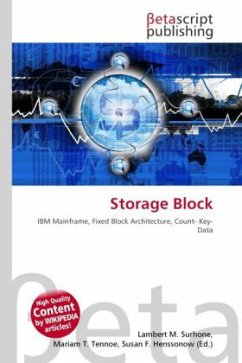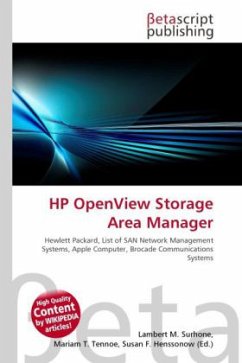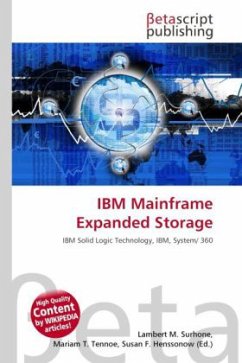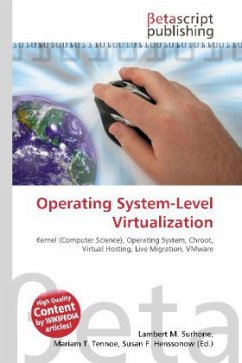High Quality Content by WIKIPEDIA articles! Virtualization of storage helps achieve location independence by abstracting the physical location of the data. The virtualization system presents to the user a logical space for data storage and itself handles the process of mapping it to the actual physical location. The actual form of the mapping will depend on the chosen implementation. Some implementations may limit the granularity of the mapping which itself may limit the capabilities of the device. Typical granularities range from a single physical disk down to some small subset (multiples of megabytes or gigabytes) of the physical disk. In a block-based storage environment, a single block of information is addressed using a logical unit identifier (LUN) and an offset within that LUN - known as a Logical Block Address (LBA). The address space mapping is between a logical disk, usually referred to as a virtual disk (vdisk) and a logical unit presented by one or more storage controllers. The LUN itself may be also a product of virtualization in a different layer.
Bitte wählen Sie Ihr Anliegen aus.
Rechnungen
Retourenschein anfordern
Bestellstatus
Storno

